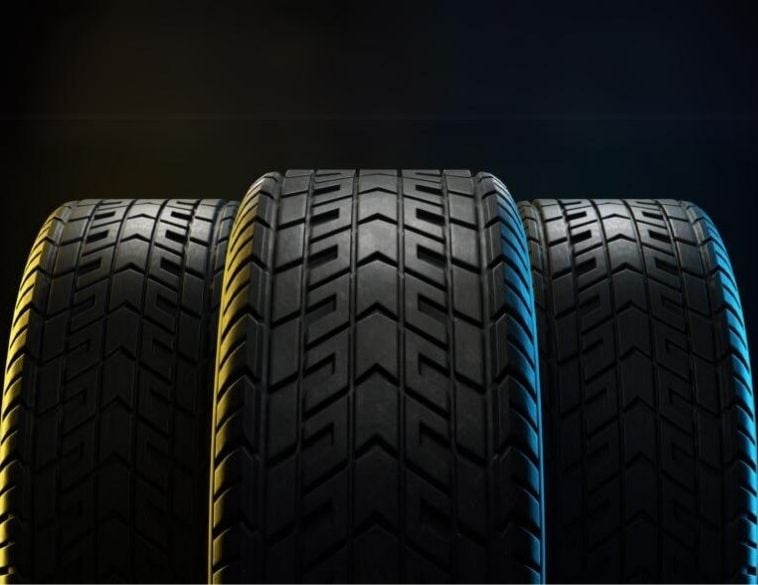Innovation, not production, is the point of this exercise.
It’s not hard to understand why auto manufacturers are willing to spend a fortune to develop concept vehicles.
For one thing, they have the practical benefit of developing cutting-edge technologies that may make a fortune for them on a production vehicle later. They’re also splashy rolling works of art that are worth their weight in free promotion.
But concept tires? As it turns out, not that different. “Although these concepts might never be produced as such, parts of them and the thinking behind them might become the basis for new ideas and potentially new products,” says Carlos Cipollitti, Vice-President, EMEA Product Development, Goodyear Tires.
He says Goodyear’s concepts of the last couple of years are “purely conceptual developments, stretching the imagination and providing a glimpse of what innovations may be on the horizon.”
Ground-breaking products
“Concepts are the basis for an innovative company like Goodyear to develop new, ground-breaking products and services,” he says.
“We recognize that driving, transportation and mobility in general, have evolved and will continue to evolve,” says Seung Hwa Suh, Vice-Chairman and CEO of South Korea-based Hankook Tires. “Investing in R & D for future driving will allow Hankook to be a leader in tire technology.”
Although tires may not garner the same degree of coverage as a one-off two-seater Bentley, they’re also good for some free ink; Goodyear’s out-there spherical 360 Urban concept tire saw press not just in automotive publications but also in more mainstream media like Popular Mechanics and CNN.
Building relationships
It’s also a good opportunity to work closely with vehicle manufacturers, helping to strengthen relationships and tying brand identities more closely together; Goodyear developed the CityCube tire for Toyota this year, which appeared on the i-TRILL concept in Geneva, and last year developed the Urban CrossOver tire to pair with the Lexus UX concept unveiled in Paris.
Like concept vehicles, concept tires take considerable time and resources. Cipollitti says “ideation” for the next year’s shows start immediately after this year’s, giving the company a full year to devote a new concept.
Once the show is over, the tires take to the road figuratively if not literally, appearing at trade shows and local events in their trading markets. “Once we have announced a new concept, the previous concept tires are put on display in our Goodyear Innovation Center in Luxembourg,” Cipollitti says.
At Hankook, concepts are developed through their biannual design competition, Design Innovation, which in 2016 was conducted with the University of Cincinnati’s Industrial Design Program.
The technologies developed may not be on next year’s production cars, but aspects of them will likely show up somewhere. “Present-day technology and designs are reflected in the Goodyear IntelliGrip Urban concept tire,” Cipollitti says. “Its Tall & Narrow shape, for instance, can also be seen in Goodyear Tall & Narrow tires fitted on the new Renault Scenic.”
Although none of their concept tires have found their way into full production, Hankook’s representative says they’re always open to opportunities for production if demand warrants (and that any ecological or environmental concept applied to general production would be a great outcome). In the meantime, it’s enough for a concept to be a worthy investment “for the betterment of tire technology in the future.”


